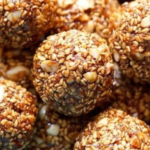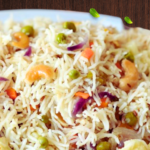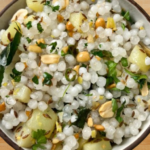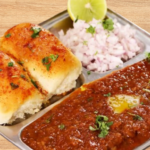Pinni Recipe
Step into the world of Indian cuisine, and you’ll discover a rich tapestry of flavors, aromas, and traditions that have been passed down through generations. Among the myriad of culinary delights, Pinni stands out as a timeless favorite, beloved for its rich flavors, indulgent texture, and cultural significance. In this comprehensive guide, we’ll take you on a journey to master the art of making Pinni, from understanding its origins to perfecting the recipe in your own kitchen. So, grab your apron and let’s get started!
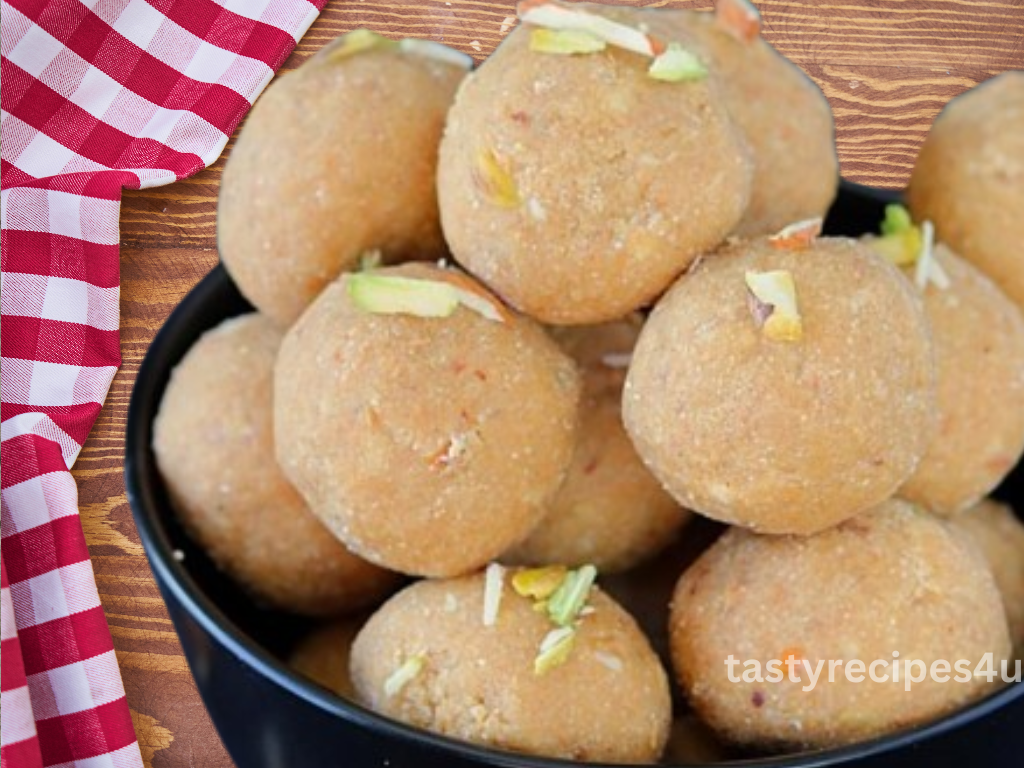
About Pinni
Pinni traces its roots back to the vibrant state of Punjab, nestled in the heart of northern India. With its fertile fields and bountiful harvests, Punjab has long been celebrated for its agricultural abundance and culinary prowess. It’s no wonder, then, that Pinni emerged as a staple dessert in Punjabi households, where it was lovingly prepared to mark special occasions, festivals, and everyday celebrations.
Originally crafted from simple, wholesome ingredients like whole wheat flour, ghee (clarified butter), and jaggery (unrefined cane sugar), Pinni was a nourishing treat that provided sustenance and joy to hardworking farmers and their families. Over time, the recipe evolved to include a variety of nuts, dried fruits, and aromatic spices, reflecting the rich culinary heritage of Punjab and the creativity of its people.
Essential Ingredients
Before we dive into the recipe, let’s take a closer look at the key ingredients
- Whole Wheat Flour (Atta): Known for its nutty flavor and nutritional benefits, whole wheat flour forms the base of Pinni and provides a hearty texture to the final product.
- Ghee (Clarified Butter): Ghee adds a rich, buttery flavor and helps bind the ingredients together. Its high smoke point makes it ideal for roasting the flour and enhancing the overall aroma of the dish.
- Powdered Sugar: Sweetness is a hallmark of this recipe, and powdered sugar provides the perfect balance to the other ingredients without overwhelming the palate.
- Chopped Nuts: Almonds, pistachios, and cashews are commonly used to add crunchiness, richness, and a burst of flavor. Feel free to mix and match your favorite nuts to create your own unique blend.
- Desiccated Coconut: This ingredient lends a subtle sweetness and texture to Pinni, complementing the other flavors and adding depth to the overall profile.
- Cardamom Powder: Aromatic spices like cardamom elevate the flavor of this recipe with their warm, floral notes, creating a harmonious balance of sweet and savory.
- Khoya (Optional): Also known as mawa, khoya is a dairy product made by evaporating milk until it reaches a thick, solid consistency. It adds a creamy richness and enhances its indulgent texture, though it can be omitted if desired.
Crafting the Perfect Pinni
Now that we’ve familiarized ourselves with the ingredients, let’s dive into the recipe and bring the flavors of Punjab to life in our own kitchen:
Ingredients:
- 1 cup whole wheat flour (atta)
- 1 cup ghee (clarified butter)
- 1 cup powdered sugar
- 1 cup chopped nuts (almonds, pistachios, cashews)
- 1/2 cup desiccated coconut
- 1/2 teaspoon cardamom powder
- 1/4 cup khoya (optional)
- Saffron strands (for garnish, optional)
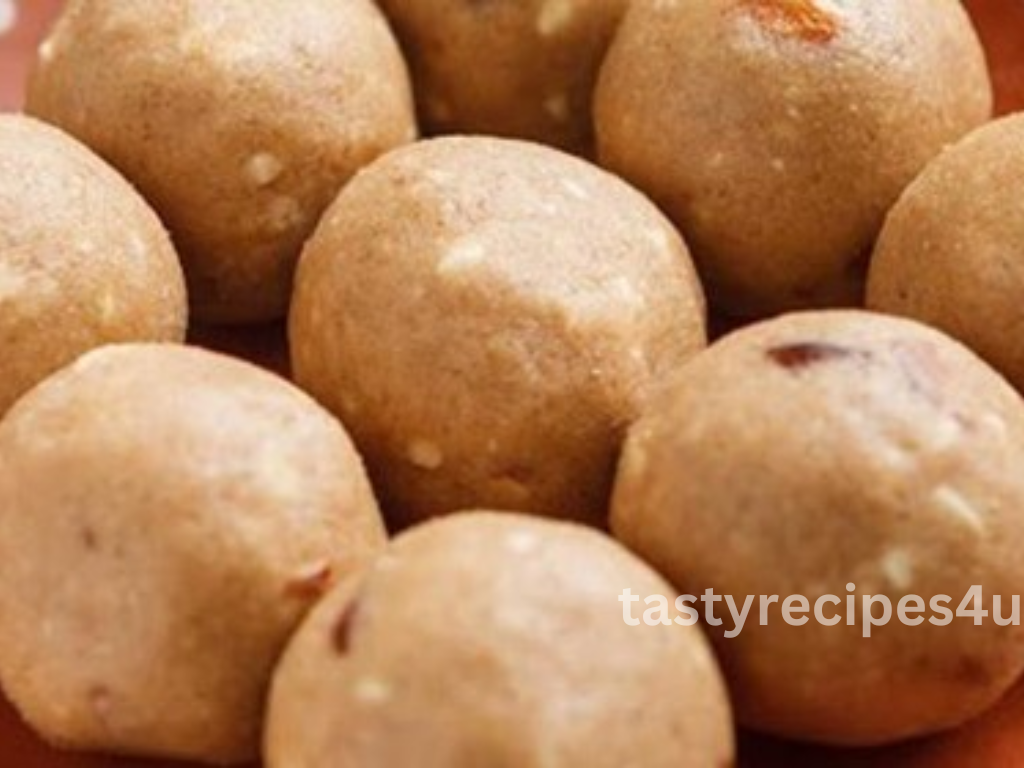
Instructions:
- Heat a heavy-bottomed pan over medium heat and add ghee.
- Once the ghee is melted, add whole wheat flour (atta) to the pan.
- Stir continuously and roast the flour on low-medium heat until it turns golden brown and releases a nutty aroma. This process may take around 15-20 minutes. Be patient, as slow roasting is the key to achieving the perfect flavor and texture.
- Once the flour is roasted, remove the pan from heat and allow it to cool slightly.
- Add powdered sugar, chopped nuts, desiccated coconut, cardamom powder, and khoya (if using) to the roasted flour. Ensure that all the ingredients are well combined by mixing thoroughly.
- While the mixture is still warm, shape it into small, bite-sized balls or flatten them slightly into disc shapes. If the mixture sticks to your hands, you can grease them with a little ghee.
- Garnish each Pinni with a few strands of saffron, if desired.
- Allow the Pinnis to cool completely before serving. Keep them at room temperature for up to two weeks in an airtight container.
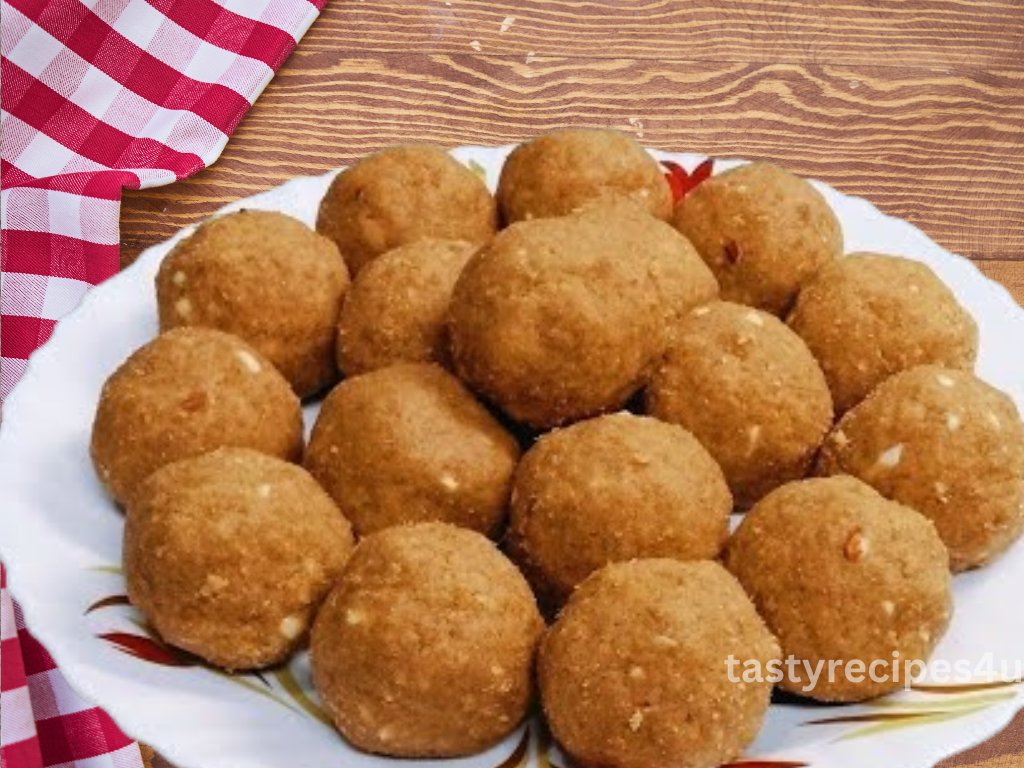
FAQ (Frequently Ask Questions)
As you embark on your Pinni-making journey, you may have some questions along the way. Here are some responses to frequently asked queries:
Q1.Is it possible to replace whole wheat flour with all-purpose flour?
While whole wheat flour is traditionally used in Pinni for its nutty flavor and nutritional benefits, you can certainly substitute it with all-purpose flour if needed. Just be advised that there may be slight variations in the texture and taste.
Q2.What can I substitute for ghee?
Ghee adds a rich, buttery flavor to Pinni, but if you don’t have ghee on hand or prefer a different option, you can use unsalted butter or even coconut oil as a substitute. Keep in mind that the flavor may differ slightly depending on the substitute used.
Q3.I don’t have khoya. Can I leave it out or replace it with something else?
Khoya, also known as mawa, adds a creamy texture to Pinni, but it is optional. If you don’t have khoya or prefer to omit it, you can still make delicious Pinni without it. Alternatively, you can use condensed milk or powdered milk as a substitute, though the flavor and texture may be different.
Q4.How do I know when the flour is roasted enough?
The roasted flour should turn a golden brown color and release a fragrant, nutty aroma. Be sure to stir continuously while roasting to prevent burning, and taste a small amount to ensure it’s cooked through.
Q5.Can I customize the nuts and spices in the recipe?
Absolutely! Feel free to experiment with different combinations of nuts, such as walnuts, pecans, or even dried fruits like raisins or dates. You can also adjust the amount of cardamom powder to suit your personal taste preferences and customize the flavor profile of your Pinni.
Conclusion
Congratulations, you’ve unlocked the secrets to crafting the perfect Pinni. From its humble origins in Punjab to its widespread popularity around the world, Pinni continues to captivate hearts and palates with its irresistible flavors and timeless appeal. Armed with our comprehensive guide and expert tips, you’re now ready to embark on your own Pinni-making adventure and create sweet memories that will last a lifetime. So, roll up your sleeves, gather your ingredients, and let the magic of Pinni unfold in your kitchen. Happy cooking!
